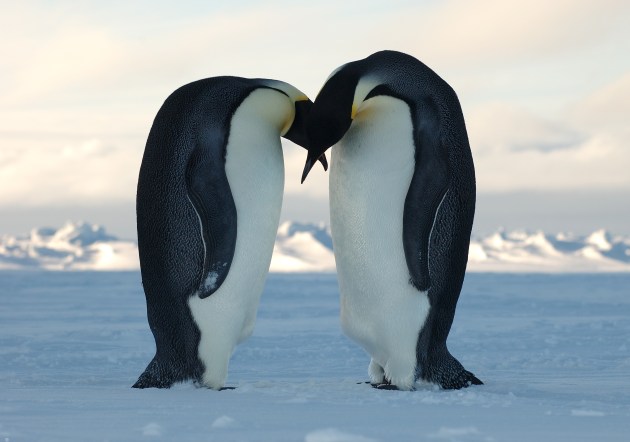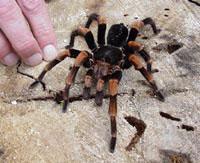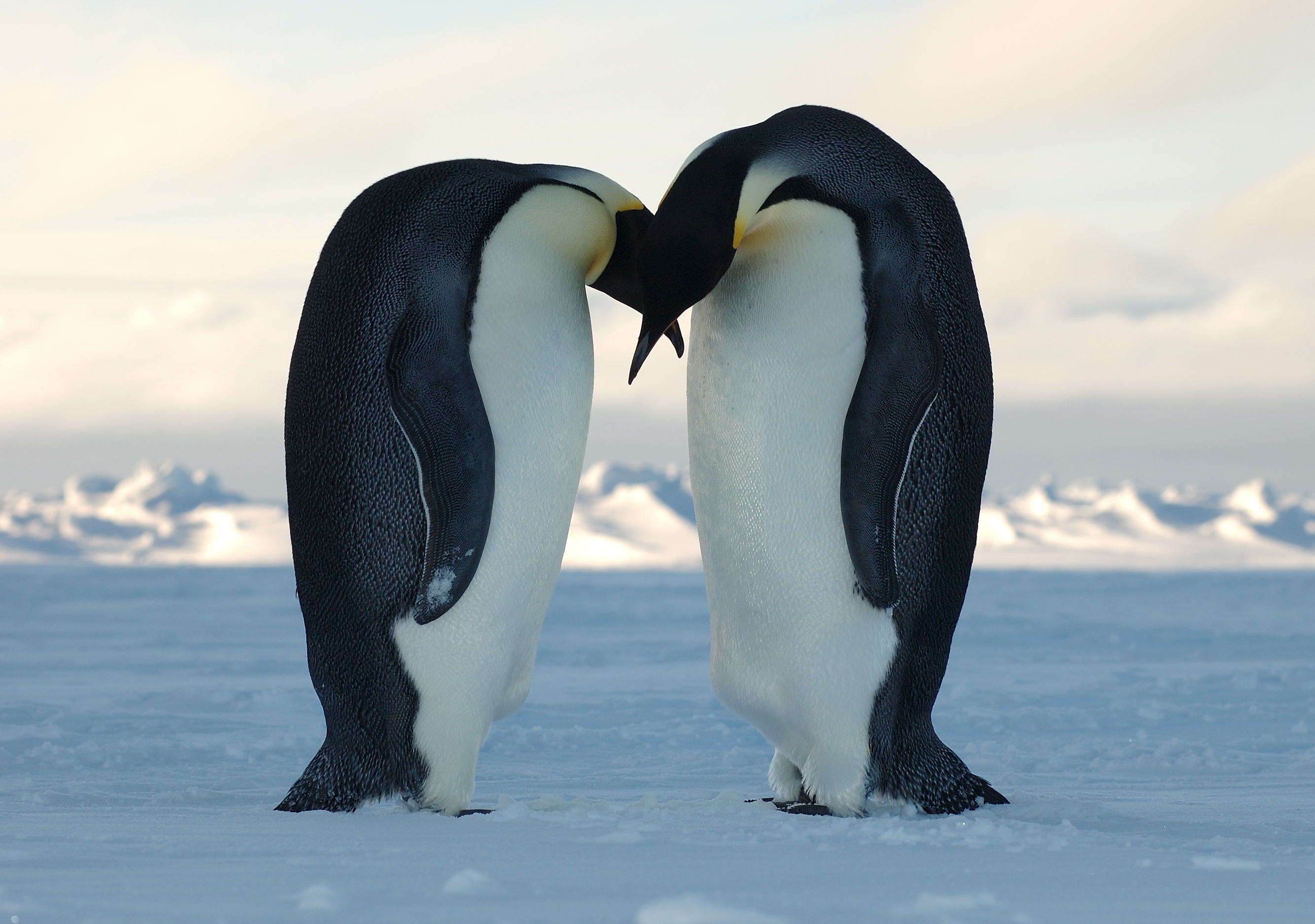
Nobody likes to be rushed during sex, but climate change is forcing some penguin species to reschedule business time. Wednesday night is no longer the night for love! Now you do it on Monday OR YOU DIE OUT.
Heather Lynch of Stony Brook University studied breeding patterns of three species of Antarctic penguins: the Adélie, chinstrap, and gentoo. While the Adélie and chinstrap migrate to the Western Antarctic Peninsula to breed every year, the gentoos are year-round residents. Because the Antarctic is one of the world’s most rapidly warming regions, Lynch hypothesized that these environmental changes would affect penguins’ reproduction.
She was right: Warmer temperatures have resulted in dwindling Adélie and chinstrap populations. The gentoos, however, are able to adapt to increased temperatures better since they live in the Peninsula year-round. They’re doing it and doing it and doing it well — because they’ve been able to shift their breeding cycle earlier, their populations are actually growing.
Warmer temperatures move up the breeding cycle, causing the penguins to lay their eggs earlier. The resident gentoo population is able to adapt more quickly and advance their “clutch initiation” by almost twice as much as the other species. Lynch believes this may allow them to better compete for the best nesting space. The Adélie and chinstrap are unaware of the local conditions until they arrive to breed and have not been able to advance their breeding cycles as rapidly.
In addition, the gentoo prefer areas with less sea ice, and have been able to migrate further south into the Antarctic as the sea ice shrinks. The chinstrap and Adélie species rely more heavily on the abundance of Antarctic krill, which require sea ice for their lifecycle.
“Sorry, baby, it’s not you. I just can’t get into it without the ice and the krill.”
It’s like scientists have been saying all along: As the world warms, there will be winners and there will be losers (with decidedly more losers). In the case of penguins, some populations will change how they screw, while others will just get screwed.



